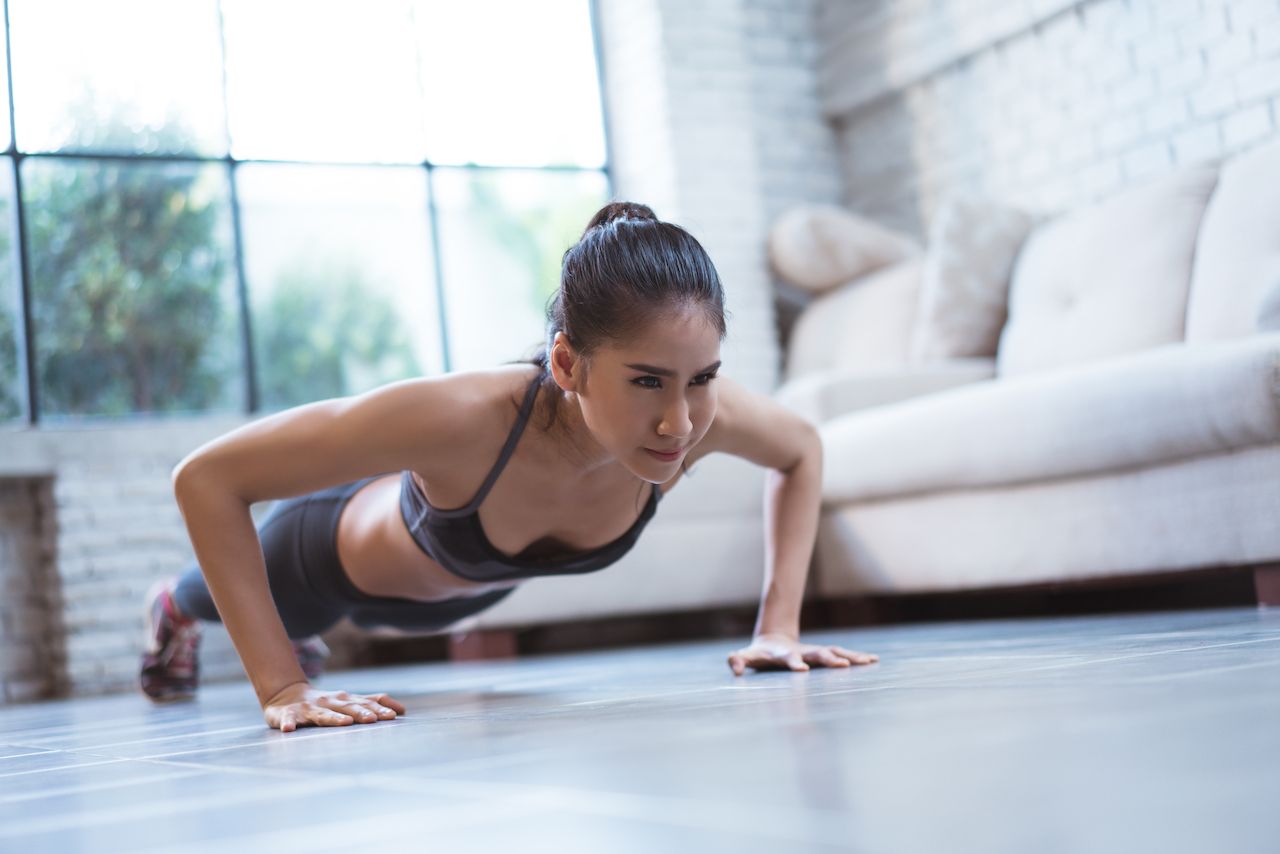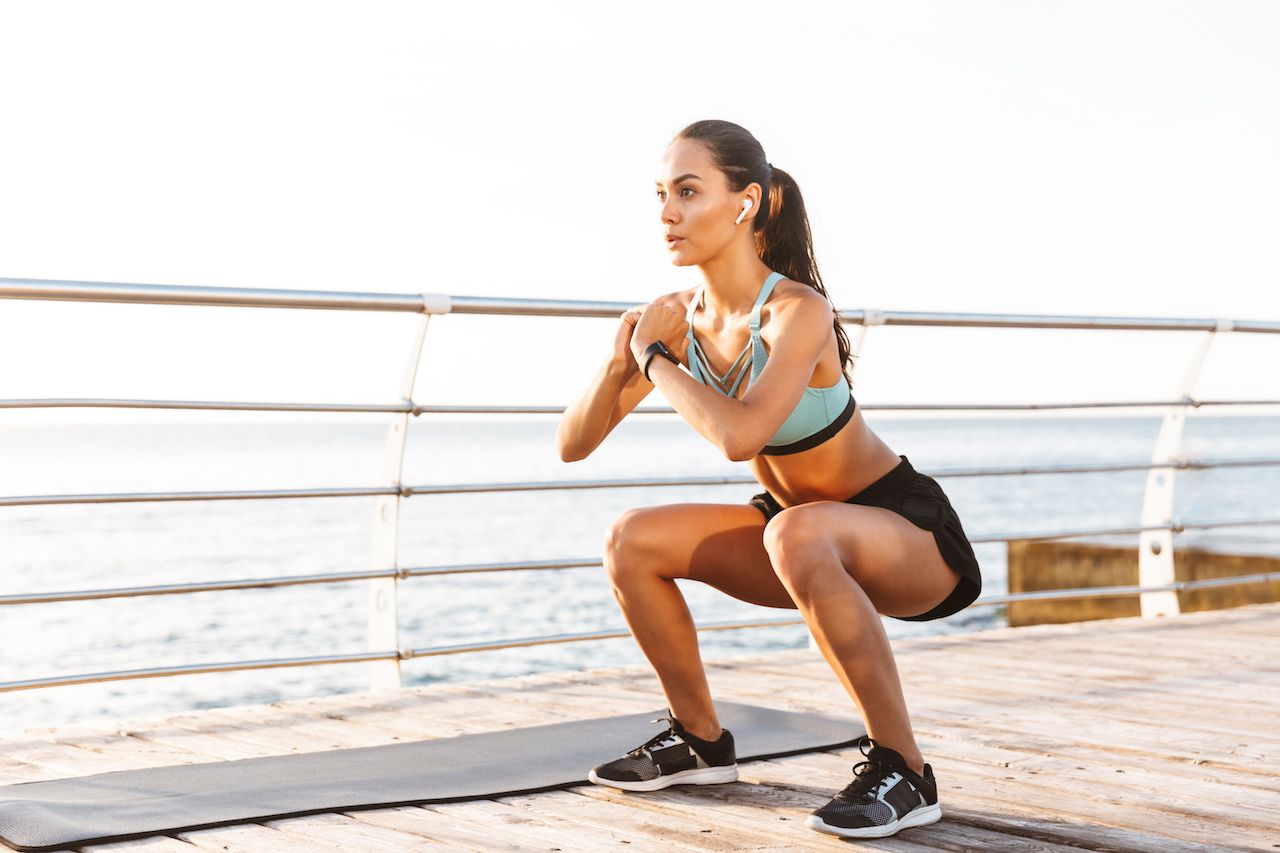Travelers endure a lot — from arduous hikes to long hours in the car, your body can take quite a beating. And when your way of life requires such tough endeavors, it’s important to keep your body primed and ready for whatever the day might bring.
But it can sometimes feel impossible to get a good workout in when you’re on the go — it’s unlikely you’ll run into a gym or even have room for more than just your own body.
That’s just the thing, though: You don’t need any equipment to rev up your metabolism and build strength. None. Not even one dumbbell.
As a personal trainer and CrossFit L-1 coach, I designed these nine zero-equipment workouts for every traveler in a pinch for space or time. Using nothing but your own bodyweight, these workouts will keep you strong, conditioned, and ready for an adventure.
Editor’s Note: For a full description of movements, see the exercise glossary at the end of the article.




